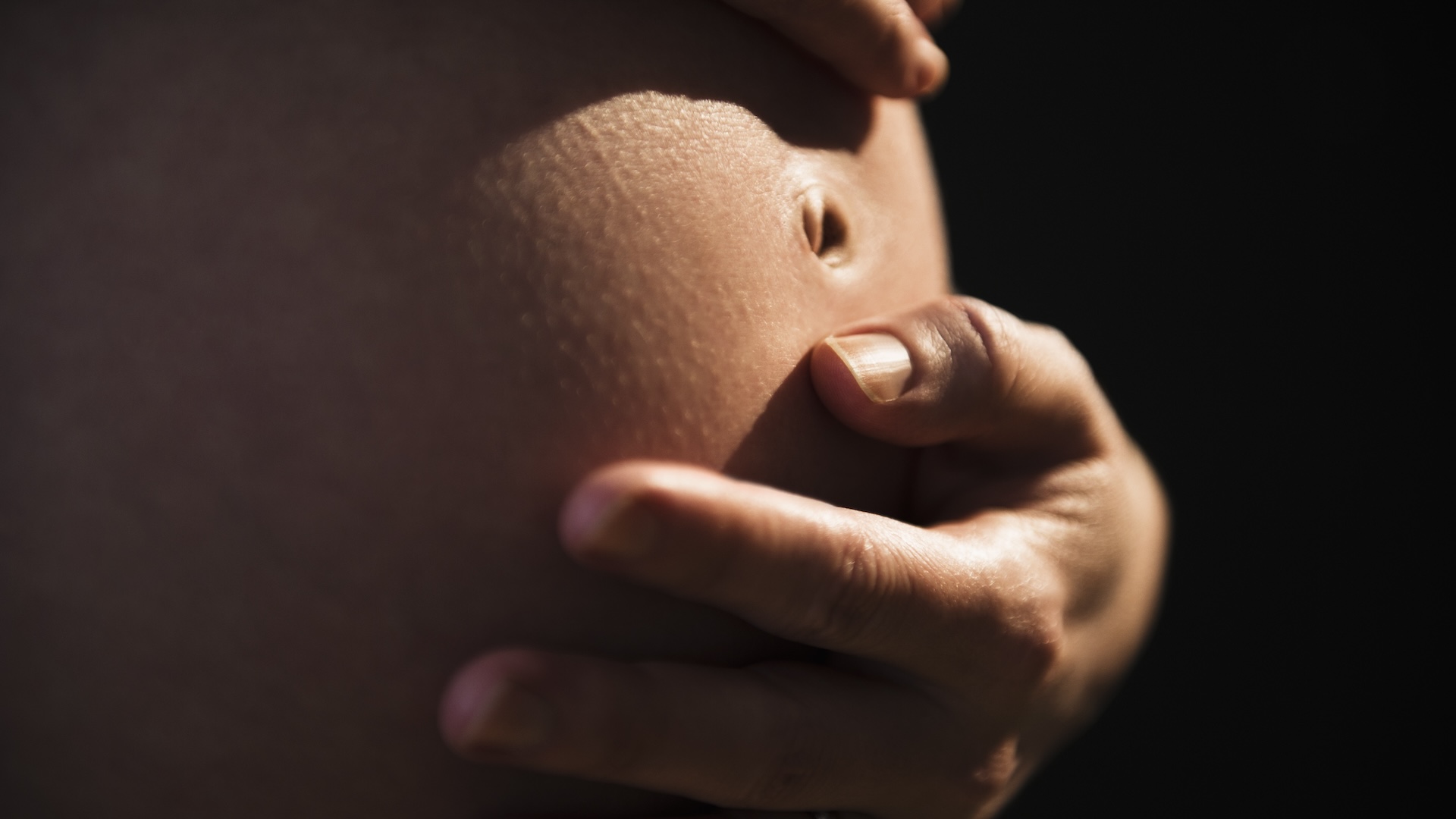When you buy through links on our site , we may gain an affiliate commission . Here ’s how it works .
During maternity , and even decades later , a child ’s influence on mom ravel mysterious — cubicle inscrutable . While the foetus develops inside the uterus , its cells mix and mingle with the female parent ’s after travel through the placenta , and can stay there for years .
In a new sketch , researchers strike cells fromthe placentaand the fetus inside a pregnant mouse ’s lung . They were even capable to severalise that some of the cell were resistant cells , while others looked like undefined connective tissue paper .

A pregnant woman’s blood stream contains not only her own cells, but a small number of her child’s, as well.
" We and other people have express they remain around for decennary . They are n’t the original cellular phone so there must be some means they can give rise todaughter cellsin the mother ’s eubstance , " field of study researcher Diana Bianchi of Tufts Medical Center , told LiveScience . " We strongly believe that there are deduction for the future health of women who are or have previously been pregnant . "
significant mouse
The researchers are n’t certain how fetal electric cell get across the placenta into the mother , but it ’s potential that there are blabbermouthed spots ( which get bigger as pregnancy arrive at term ) in the cubicle that organize the roadblock between the baby ’s blood and the mother ’s blood in the placenta .

They also do n’t know what the cell do in the female parent ’s body , or what character of cells they are . So Bianchi and her fellow worker meditate fraught mice to see what case of cells they could find in the mother ’s lung . [ 8 Odd Changes That Happen During Pregnancy ]
To cut through the fetal cells , Bianchi ’s graduate student , Stephanie Pritchard , match a male computer mouse that had two copies of thegreen fluorescent fixture proteingene with a normal female person . This gene was present in every foetus he fertilise , so when these fetal cell made it into the mother ’s organs , the investigator were capable to recognise the fluorescent signal and separate those cell from the mother ’s own cell .
Next , they analyzed the genetic science of these captured foetal cells to see which factor were turned on , comparing these " expressed " factor with data point for the gene express by various cell type . They detect the genetic touch of mobile phone fit those derived from the placenta , and from two types of fetal cell : resistant cellsand uniform cell that make up the connective tissues , called mesenchymal cadre .

limited cell
The immune prison cell may help ascertain that themother ’s resistant systemdoesn’t " reject " the fetus ( as it would a graft pipe organ that is n’t a transmitted match ) , but the research worker do n’t really know what use the undifferentiated mesenchymal cells have .
These mesenchymal cells could play a function in positive feedback or healing of the mother ’s tissues , the researchers speculate . For instance , these foetal cells have been found incorporate into lung tissue paper , and investigator have seen them get along to the rescue when maternal heart tissue is injured . They ’ve also show up at the site of neoplasm .

" They are vernal cell and they do appear to have dissimilar capabilities , " Bianchi tell . " That ’s an area for next research : to determine if an undifferentiated cellular telephone from the fetus has differentregenerative capabilitythan the mother ’s own stem cell . "
The written report was bring out today ( June 6 ) in the daybook Biology of Reproduction .















